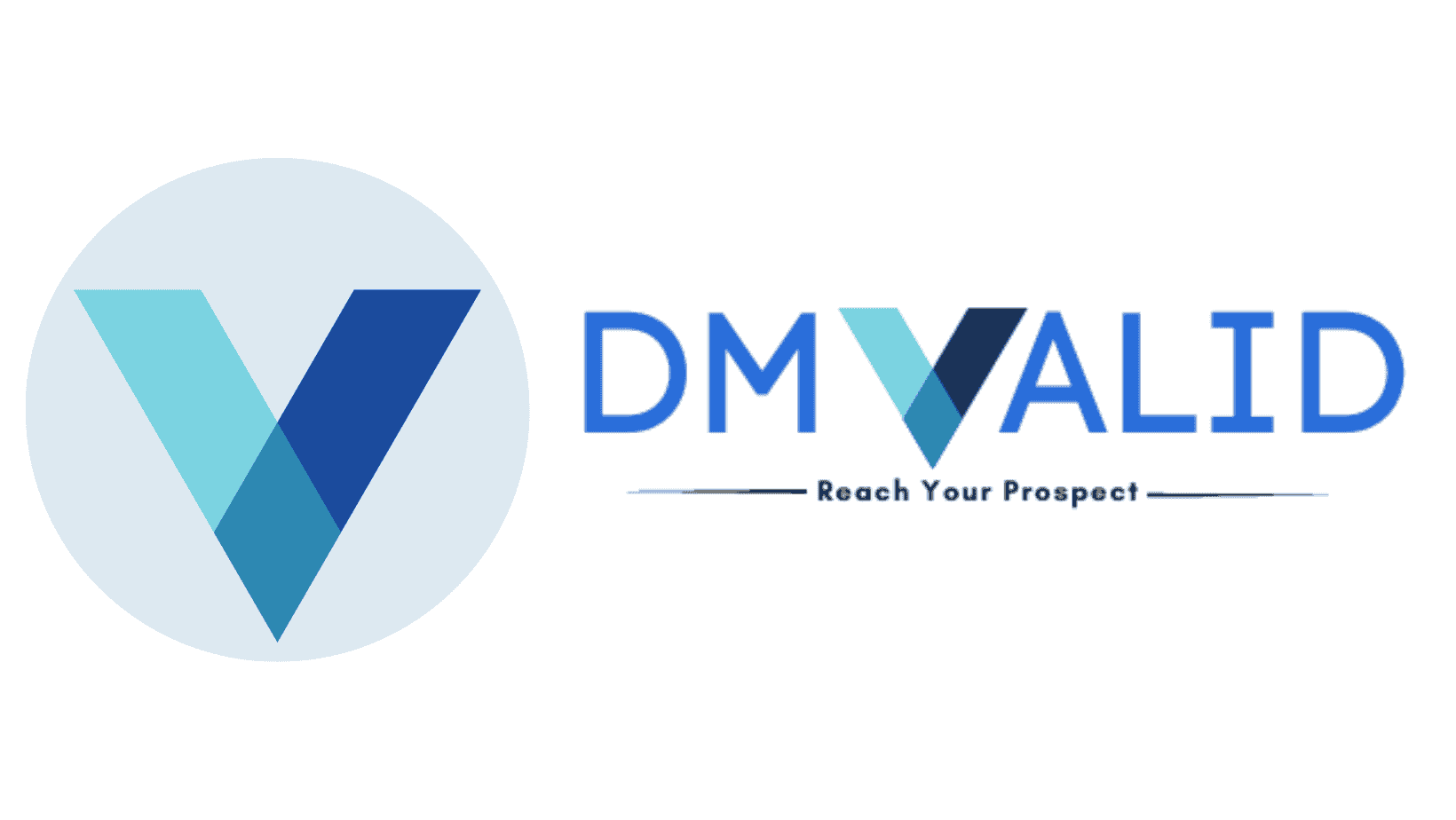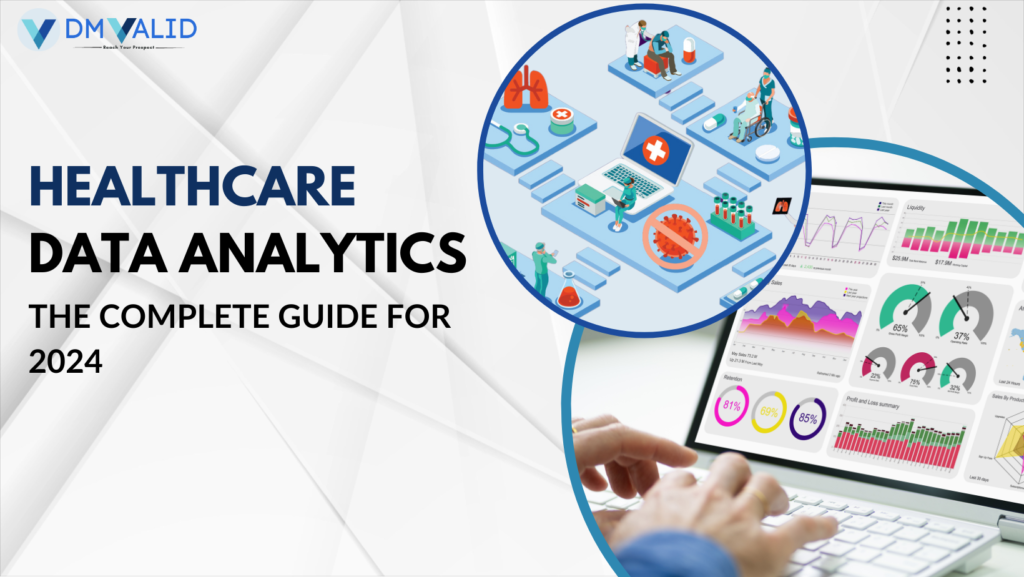Table of Contents
Introduction
We live in a world of advanced technology. It is being used in every field, whether it’s professional, healthcare, educational, or any other field. The healthcare database is in the middle of a revolution. Healthcare is using and adopting different ways of using information systems to take business operations in clinical care to a new level. Different techniques are being developed for the advancement of the healthcare system by introducing Lean and Six Sigma methods. This makes the hospital email list system patient-centric, error-free, and waste-free, and it enhances patient flow while improving rates of quality.
What is Healthcare Data Analytics?
Every day, the healthcare sector produces enormous volumes of data that may be utilised to gain new insights and successfully raise the standard of patient care. By using medical data analytics from many sources, healthcare institutions can operate more efficiently. Improving patient care and streamlining healthcare procedures are the main goals of healthcare data analytics.
Health data analytics help in making an increase in the availability of the data analytics healthcare information. This help in serving different data analytics and healthcare purposes.
Benefits of Healthcare Data Analytics
Healthcare data analytics has become essential to modern healthcare practices due to a renewed focus on patient care and the increased operational efficiency of healthcare organizations. Some of its benefits are:
- Providing detailed electronic health records
- Supporting clinical treatment decisions
- Delivering real-time alerts to healthcare providers
- Providing in-depth insight into a patient’s health and treatment
- Improving the speed and accuracy of identifying disease risk in patients
- Providing efficient healthcare and reducing costs
Types of Healthcare Data Analytics:
There are five types of healthcare analytics strategies that can be applied, based on the needs and goals of healthcare providers and facilities. Each is valuable for making the most of healthcare data, depending on the situation.

1. Descriptive Analytics
Collects and analyses historical data. This is the most common analytics approach, as looking at data based on past and present decisions can help medical director email list leaders make more informed decisions about the future.
2. Predictive Analytics
With a focus on the sharing and usage of biomedical data, biomedical informatics (or bioinformatics) translates a wide swath of biological systems to connect basic and clinical research with practical applications in healthcare.
3. Prescriptive Analytics
Uses advanced algorithms to help determine the effects of specific actions and provide solutions by applying historical data to “prescribe” the best action within a certain context. It is the most useful and powerful type of analytics, providing guiding recommendations to healthcare professionals.
4. Discovery Analytics
Can help develop potential healthcare outcomes and identify avenues to be explored further. This “cutting-edge” analytics approach uses historical data, forecasts, and information from both inside and outside a healthcare organization. However, there can be limitations due to incomplete or inaccurate outside data.
5. Pharmaceutical data
For healthcare data analysts in the pharmaceutical sector, a pharmaceutical email list will usually support research and development that can improve products, such as prescription drugs or medical devices. Pharmaceutical companies have a hand in accelerating drug development while also sharing necessary historical research data on cancer, including clinical trials, treatments, and technology.
The Role of Healthcare Data Analytics
Healthcare analytics informs healthcare facilities, systems, and physicians on how to best make sense of the disparate streams of data information within their organizations. The steps of data analytics in healthcare include:
- Collect raw data via data management and programming strategies
- The process that data by organizing and “cleaning” (removing errors, corruptions, inconsistencies, or outliers that can affect data accuracy)
- Apply data analysis and visualization to look for patterns and gain knowledge
- Turn this data-informed knowledge into actions that improve physician decisions, patient care quality, and facility performance
Conclusion
I look to the future and discuss some pathways to help the field of healthcare analytics become more effective in improving business and clinical outcomes. I start off by describing the present state of analytics as detailed in the book and conclude that there is much to be done to meet the potential for analytics. I describe the huge agenda, burning platform, and opportunity.
Content Writer at DM Valid
Asifa Khanum is a Content Specialist at DM Valid. I fulfilled roles in marketing that shaped her interest in finding innovative solutions to modern-day problems.



